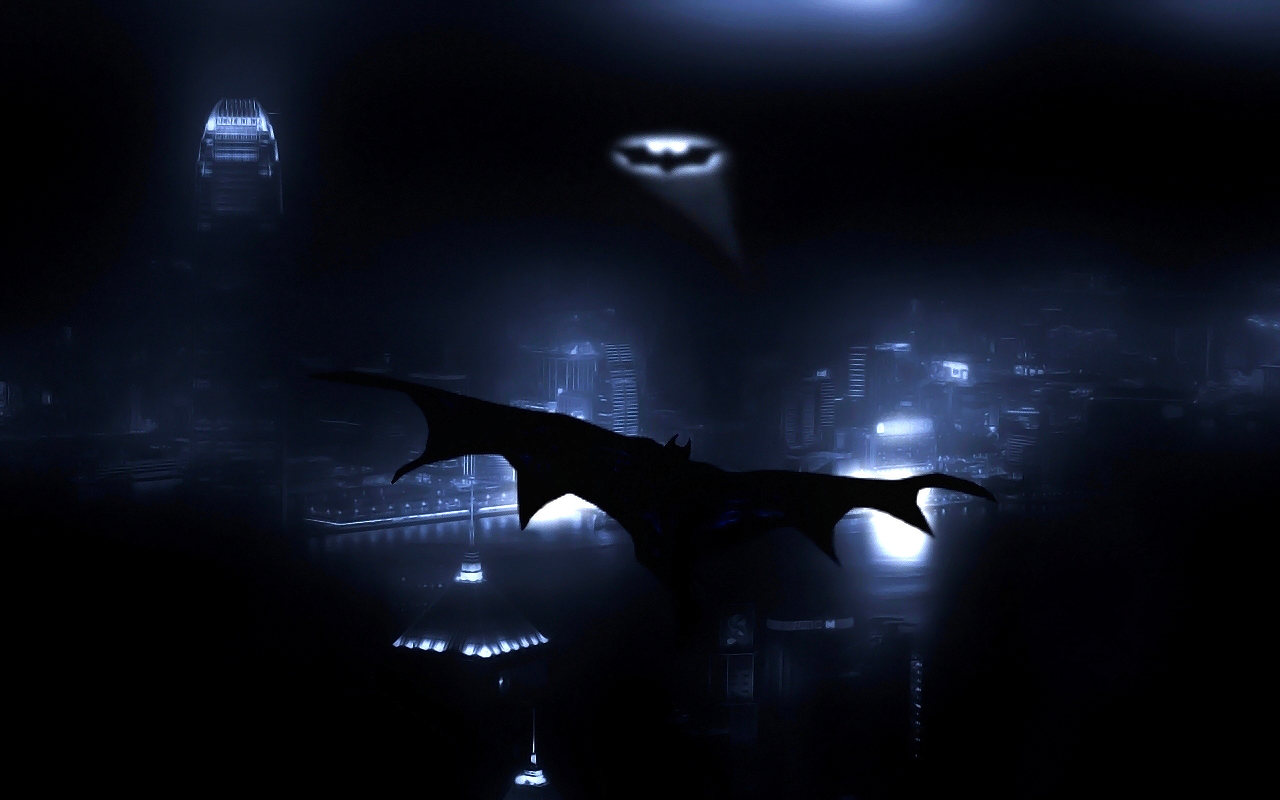
BASE jumping, also sometimes written as B.A.S.E. jumping, is an activity where participants jump from fixed objects and use a parachute to break their fall. "BASE" is an acronym that stands for four categories of fixed objects from which one can jump: buildings, antennas, spans (bridges), and earth (cliffs).
Batman will need to be a skilled base jumper to soar down from above in order to attack the bad guys while surprising them. His use of state of the art technology and intense training will allow him to jump off ledges on buildings of any size to land on the street, jump out of planes to land onto buildings, and off of bridges to land on boats.

Wingsuit Flying in Chicago
"It doesn't feel like you're falling so much as it feels like the buildings are growing." That's J.T. Holmes, describing what it was like jumping off the 110-story Willis Tower for a stunt sequence in "Transformers: Dark of the Moon," shot in Chicago last summer.
Batman Tech
How It Works: The Ultimate Face Plant
Anyone can fly like a bird and land without a parachute--once. But Jeb Corliss has no desire to become a human pancake. "A wingsuit landing is only successful if you can do it 10 times out of 10 without being injured," Corliss says. "I'm talking no broken toes, no broken anything." Corliss is guarded about his plan--he doesn't want rivals to steal his ideas--but he has let some details slip. Here's an educated guess at how he might pull off the stunt.
(Illustration by Station02)
1. Ramp Up: A construction team builds Corliss's $3 million, 2000-foot-long landing ramp, which is temporarily attached to the side of a still-to-be-determined Las Vegas structure. The ramp may be made of tensile fabric like the roof of the Denver International Airport; cables anchor the ramp and keep its surface taut.
2. Take Flight: Corliss jumps from a helicopter several thousand feet over the Las Vegas Strip. His customized wingsuit has lightweight, ripstop nylon panels from the undersides of his arms to his torso and between his legs. Air inlets on the wing's leading edge allow it to inflate and stay rigidly pressurized for flight. Glide ratios of 3 feet forward for every 1 foot down are possible, but Corliss flies 1 to 1, which enables him to pull up and change his angle of approach.
3. Stay on Target: Hitting the ramp wrong would be like crashing a car into a barrier without a seatbelt or airbags. Corliss aims for a tiny approach window that's about 20 feet by 20 feet at the top of the landing strip, so flight path accuracy is critical. His "trajectory control system" could include using tethered weather balloons at progressively lower altitudes as visual aids, allowing him to precisely tweak direction and angle.
4. Bail Out: If Corliss's approach is at all off, he veers away from the line of balloons and deploys his chute. Six hundred feet above the ground is scarily low for the average sky diver to pull the ripcord, but no problem for an experienced BASE jumper like Corliss, who has deployed his chute at a third of that height.
5. Or Land Lightly: Corliss aims to land like an Olympic ski jumper, matching the angle of the slope as closely as possible. But while ski jumpers fly at about 60 mph, Corliss is doing 100 mph, and he'll land on his rib cage, not his legs. The ramp's fabric can absorb some of the impact and friction, but it can't be too forgiving or Corliss will bounce off. To survive unharmed, Corliss touches down on the 45-degree landing ramp with a flight angle no steeper than about 50 degrees.
6. Put on the Brakes: He isn't home free yet. Lacking wheeled landing gear, Corliss slides down the ramp, which may have a lubricated surface to facilitate glide. One expert recommended a suit with ceramic tiles to dissipate friction-generated heat. Approaching the ground, the decline of the ramp eases off, as does Corliss's speed. At the bottom of the ramp he stands up and walks away.
Read more: How to Land in a Wingsuit without a Parachute - Popular Mechanics
Jeb Corliss

No comments:
Post a Comment